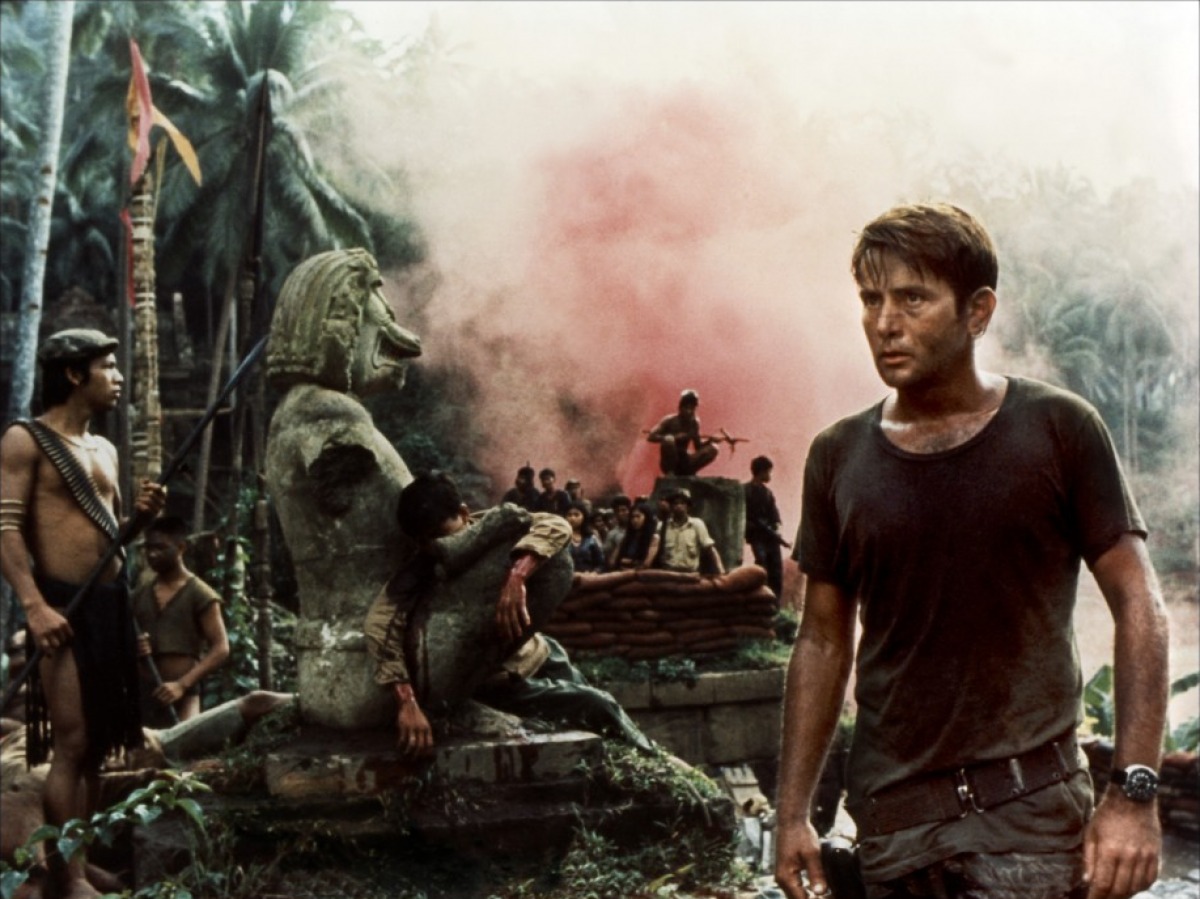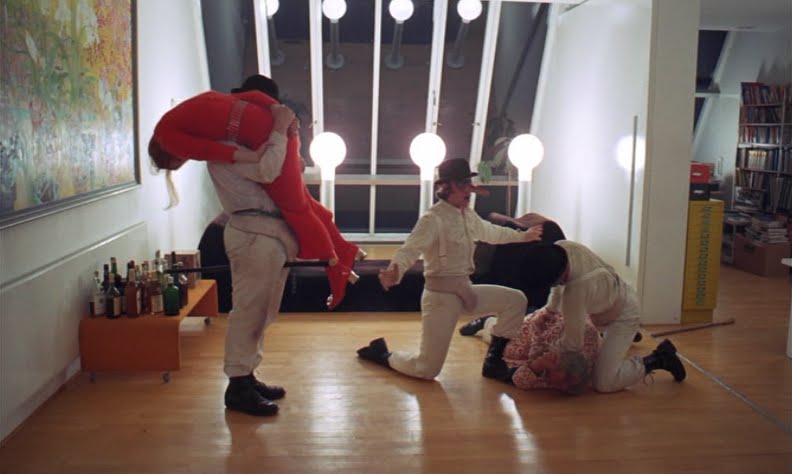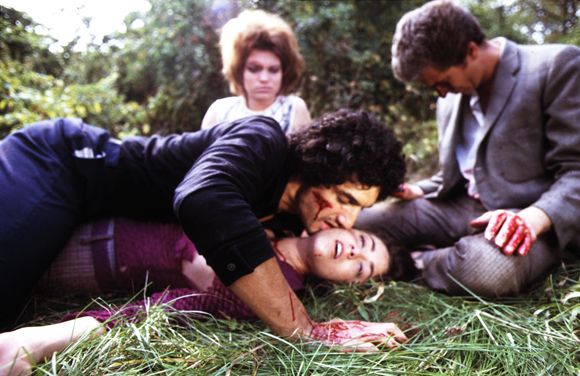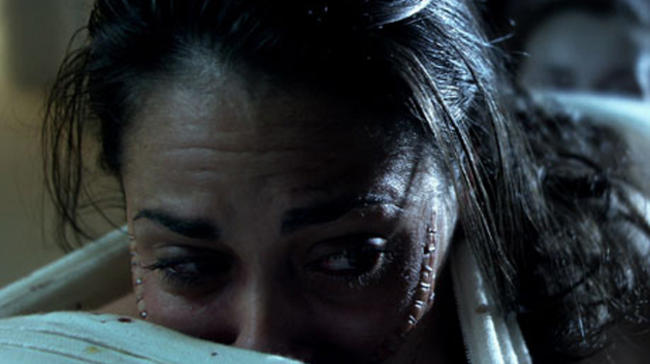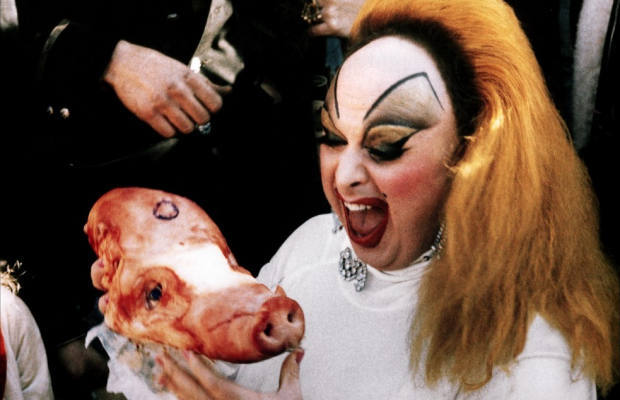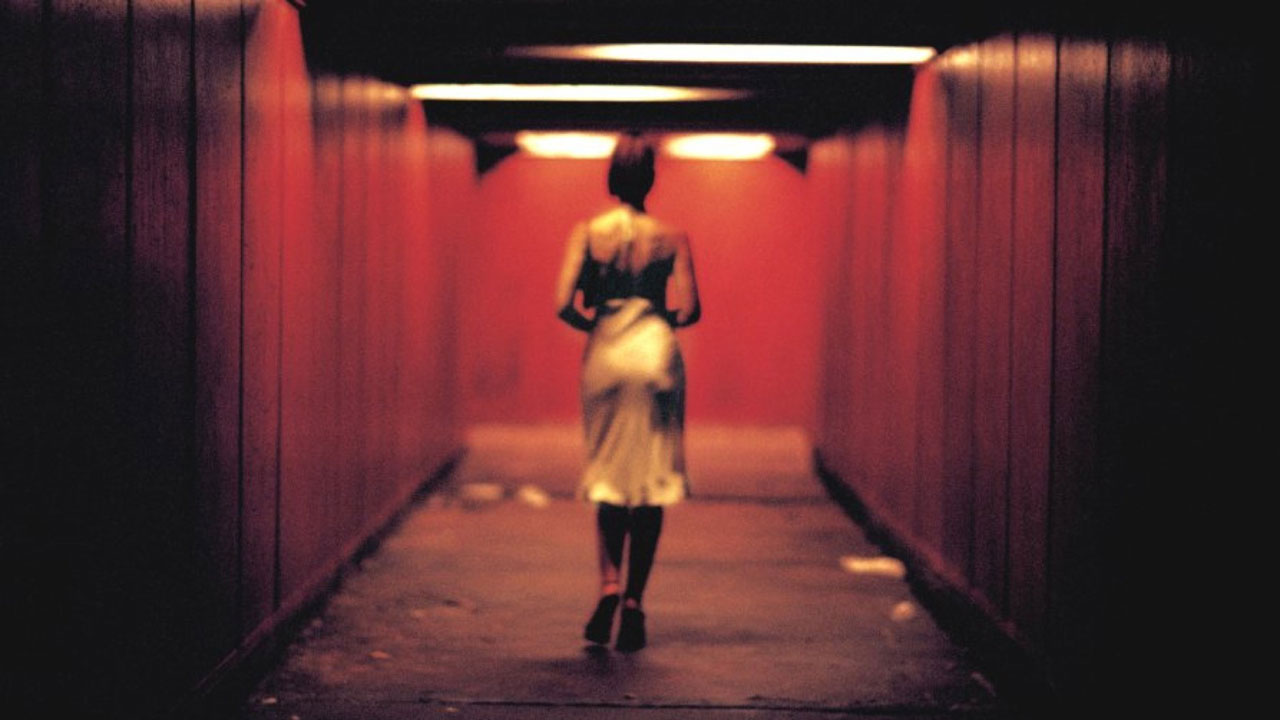
Blood, violence and depravity are themes that’ve shown up in our artwork for thousands of years. The thrill of watching gladiators torn apart in battle was once a popular form of recreation. Indeed, during the times of barbarism and cavemen, the law of the land was kill or be killed.
Mankind’s bloodlust, it would seem, is old as mankind itself. Our methods for pandering to it may have changed, but our repressed, savage desires have not. There’s no denying that the survival instincts of our ancestors remain with us to this day. So, how is one to satisfy their twisted cravings? What outlets exist? The answer: simulation.
Before the rise of disturbing artistry in film, audiences got their fix in the form of live theater. One such theater, the Grand Guignol, was among the first of its kind to depict acts of rape, torture and dismemberment before a voyeuristic live audience. The Grand Guignol shocked and horrified a generation of Europeans in the heart of Paris, from 1897 until its closing in 1962. By then, the advent of cinema was in full swing. Live theater had taken a backseat to the incredible, booming popularity of the big screen.
It wouldn’t be long before underground films began surfacing in video collections. These films defied the conventions and boundaries set by such milestone pictures as Alfred Hitchcock’s Psycho and George A. Romero’s Night of the Living Dead. Foreign directors like Ruggero Deodato and Hideshi Hino would produce “senseless and depraved” motion pictures, a few of which would go on to become cult hits. In response, the movie-going public turned the other cheek, and Hollywood studios continued to play it safe. The market for cinema’s dark underbelly was still finding its feet.
By the early 1970s, the envelope was pushed much further. The enormous gap between Hollywood studios and underground filmmakers was bridged by the controversial works of directors like Stanley Kubrick. During this time, the public eye began to shift from disgust to marginal acceptance. Fearing the economic threat posed by taboo subject matter, the industry resisted. Kubrick’s 1971 film, A Clockwork Orange, would be withdrawn from release in response to accusations that the picture had inspired real life rape and murder. Mainstream censorship wasn’t going down without a fight.
It wouldn’t be until the 1980s that the slasher movement introduced audiences to gratuitous onscreen violence and gore. At this point in time, major studios like Paramount Pictures and New Line Cinema were getting behind such gruesome flicks as Friday the 13th and A Nightmare on Elm Street. The legacy these iconic films carried with them would set the standard for things to come thereafter.
Given the context of its history, the world of disturbing film has come a long way. Throughout its evolution, a small handful of works have pushed boundaries to such an extent and in so unique a fashion that they occupy a class all their own. With this in mind, Taste of Cinema proudly presents a list of the Top Twenty Most Disturbing Films of All Time. Each picture has been selected based on culture impact, lasting appeal and shock factor, relative to the context of its time of release.
Let’s begin, shall we?
20. Apocalypse Now (1979)
From start to finish, Apocalypse Now accurately depicts the sheer madness, bloodshed and depravity of war-torn Vietnam. Directed by Francis Ford Coppola, the film manages to be as colorful as it is brutal and gritty. The grim atmosphere is held up by a stellar cast, including old favorites such as Marlon Brando and Dennis Hopper, while introducing new faces that would go on to become huge, like Lawrence Fishburne.
Chock full of disturbing sequences and upsetting themes, Apocalypse Now extends its ambitions far beyond that of old war movie clichés. One scene sees an American squad recovering a puppy, shaken and traumatized by the horrors of battle. A soldier becomes attached to the pup, only to later lose his mind amidst a mass of brainwashed Vietnamese villagers, who are led by the elusive Colonel Walter Kurtz (Marlon Brando)—an American special forces officer gone rogue.
The film captures the hopeless struggle of the Vietnam War to a tee. Lead character Benjamin Willard (Martin Sheen) embodies the effects of post-traumatic stress disorder in a young soldier. This psychological element elevates the film beyond other war pictures, by depicting the brutal, life-altering consequences of war on the human psyche.
19. A Clockwork Orange (1971)
Based on Anthony Burgess’ novel of the same name, Kubrick’s scope and vision for A Clockwork Orange remain unmatched to this day. The story concerns a young man named Alex, played by the then-unknown Malcolm McDowell. Alex wanders the streets of a futuristic Great Britain with his gang of hoodlum friends. Each night, the gang pleasure themselves with “ultra-violence,” as well as “a bit of the ol’ in-out-in-out”—a perverse slang term for statutory rape.
Eventually, Alex is caught and arrested. He is sent from prison to a psychiatric hospital, where an experimental form of therapy leaves him dazed and vulnerable. The hospital deems his treatment a “successful rehabilitation,” and they promptly release him. Back on the streets, Alex is defenceless. Those he wronged and violated in the past are quick to turn the tables, exacting brutal revenge.
For the time of its release, A Clockwork Orange features a horrifically graphic rape scene, as well as ruthless violence. The story is told from the perspective of an irredeemably evil youth. This helps contribute to the film’s subversive nature and questionable moral message. Kubrick does an excellent job creating a distant dystopia, where politics are corrupt, and the law is rewritten each day in blood on the streets.
18. Requiem for a Dream (2000)
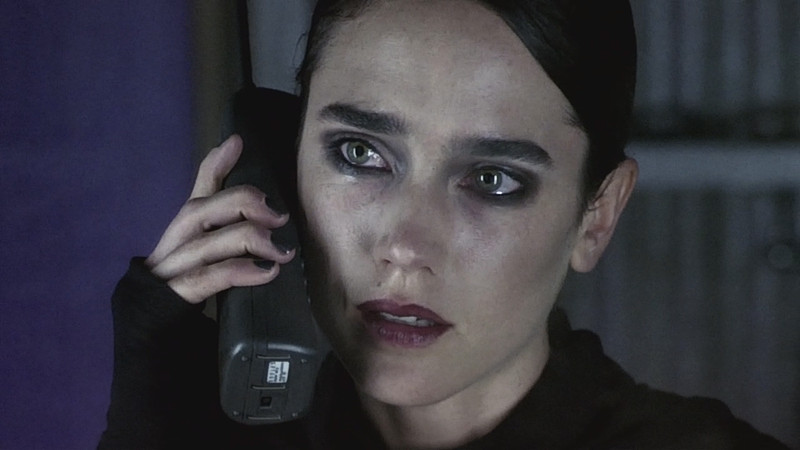
This film explores the many horrifying facets of drug addiction. Four main characters living in Brooklyn are looking to free themselves from the shackles imposed by their substance abuse. All are tormented by visions of pain and torment, intermixed with flashes of utopic ecstasy.
As their addictions continue to spiral downward, their hallucinations become increasingly morbid, and the lives of each addict begin to unravel. By the end of the film, each character is wrestling with depression and hopelessness. The slow, heroin and coke-induced descent into madness is foreshadowed perfectly, and the consequences truly are horrendous.
Requiem’s central character, Harry Goldfarb (Jared Leto), makes the greatest impact because his of his behavioral and emotional dynamics. We observe his transition from casual user to desperate junkie within a time frame of only a few weeks. The effect this has on his close friends and family make the film especially hard to watch.
In one scene, Harry demands that his girlfriend, Marion Silver (Jennifer Connelly), prostitute herself to her psychiatrist for drug money. Reluctantly, she does. It’s scenes like this that accentuate the helplessness and horrifying desperation associated with drug addiction.
17. The Last House on the Left (1972)
The directorial debut of horror maestro Wes Craven remains one of his most shocking films to date. The plot involves two young girls, Mari Collingwood (Sandra Peabody) and Lucy Grantham (Phyllis Stone), who are brutally abducted, raped, tortured and eventually murdered by a band of psychotic criminals. Ironically, the sociopaths later arrive at the Collingwood residence, masquerading as travelling salesmen.
Claiming to have nowhere to stay, the parents offer to let the group spend the night in the guest room. Later that evening, Estelle (Cynthia Carr), notices one of the “salesmen” wearing her daughter’s signature peace symbol necklace. Eavesdropping, the parents learn the location of their daughter’s corpse and recover it. They then begin working together to exact a horrible vengeance.
This film rests firmly in the category of exploitation-horror, and isn’t afraid to show it. Scenes of mutilation, emasculation, and rape are abundant throughout. Last House’s gruesome nature is made even stronger by the audience’s emotional investment in the parent characters. Viewers will empathize with the Collinwood’s need for revenge, thus driving the film to its thrilling conclusion.
16. The Human Centipede (2009)
Written and directed by Dutch filmmaker Tom Six, The Human Centipede tells the story of Lindsay (Ashley C. Williams) and Jenny (Ashlynn Yennie)—two American tourists backpacking through Germany. Both are drugged and kidnapped by a psychotic surgeon named Dr. Josef Heiter (Dieter Laser).
They awake in a makeshift medical ward built underneath the doctor’s home. There, along with Japanese tourist Katsuro (Akihiro Kitamura), the women become unwilling participants in a three-way medical procedure. Dr. Heiter explains that the victims will be sewn together, mouth-to-anus, so that they share a continuous digestive system.
For many, the premise of The Human Centipede is disturbing enough on its own. Following the doctor’s surgical procedure, however, the tourists’ suffering, humiliation and anguish are dragged out endlessly. This elevates the film above its simplistic premise by putting each of the victims at the doctor’s mercy.
Tom Six includes a wide array of tests and activities for Heiter to impose upon his unwilling patients. One scene sees him training “the centipede” to fetch the newspaper like a dog. While sadistic, this scene pales in comparison to the sequence where Katsuro has to defecate, and does so in the mouth of the woman sewn to his rear. The doctor’s morbid cries of “Yes, feed her!” are enough to send chills down the spine of even the most jaded viewer.
15. Pink Flamingos (1972)
This film involves two groups of people fighting over who is considered “The Filthiest Person Alive.” As ridiculous a concept as this may sound, Flamingos succeeds as both a black comedy and a disturbing exploitation flick. Cross-dressing lead “Divine” does an excellent job portraying a sleazy drag queen living with her hippie son Crackers (Danny Mills) and obese mother Edie (Edith Massey).
Divine prides herself in holding the tabloid-given title of “Filthiest Person Alive.” However, all of that changes when the family receive a package containing a piece of excrement and a card, declaring the anonymous writers to be the new holders of the title. Outraged, Divine and her family of misfits go on a crusade to exact revenge. Chaos and hilarity ensue.
Pink Flamingos contains numerous upsetting scenes. The ending sequence, where Divine eats a fresh dog turd off the sidewalk, is widely considered to be the most famous and iconic. Far more upsetting, however, is the clip where a live chicken is crushed to death between two lovers engaging in intercourse.
For all its sick and revolting displays, Pink Flamingos redeems itself through the use of darkly humorous camp. The film is an attack on the picture-perfect, lavish and expensive way of life portrayed by mainstream Hollywood. This makes the film artistic as well as exploitative, placing it head-and-shoulders above other cult pictures of the time.
